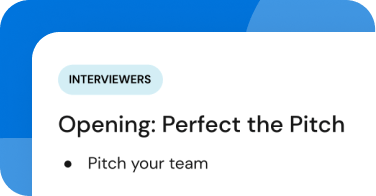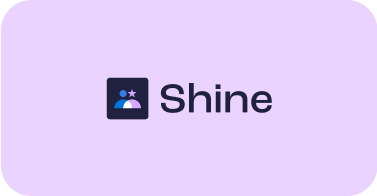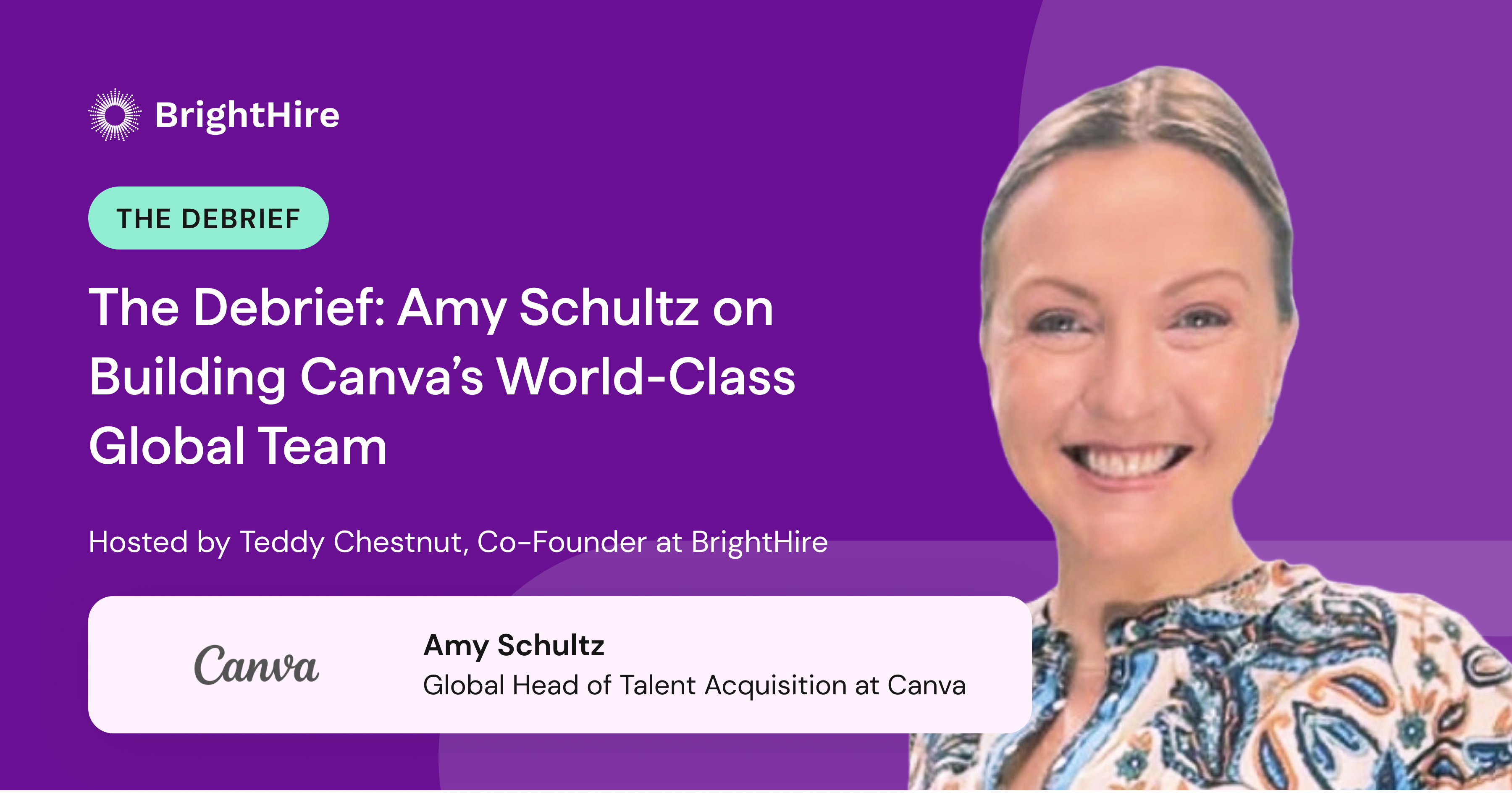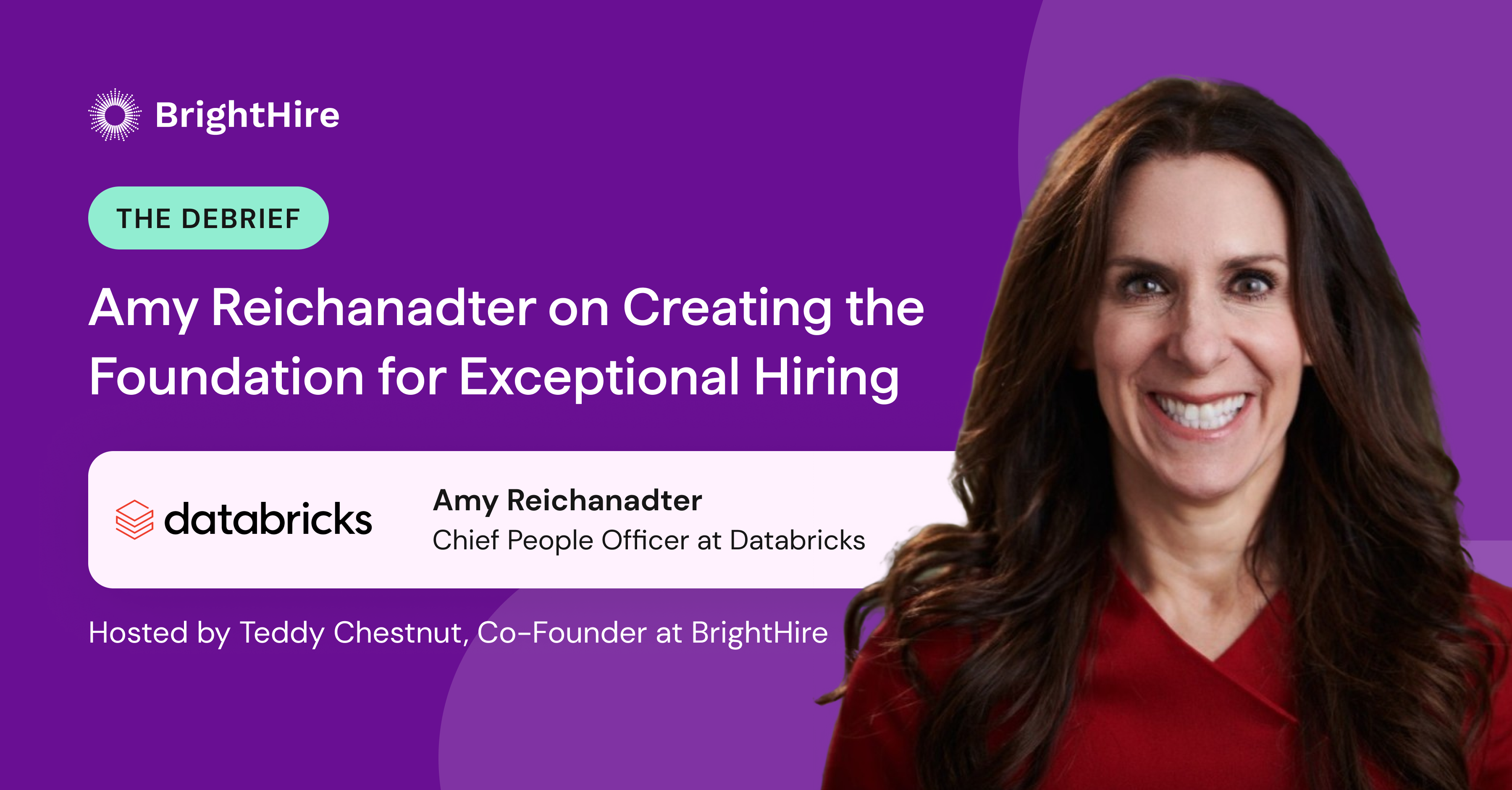Building a talent acquisition strategy that nets you good candidates isn’t easy. To get great talent, you need to provide a good candidate experience all the way from inquiry to offer. But first, you have to know what candidates want out of the hiring experience in the first place.
These eight key candidate experience statistics will help paint a more complete picture of the talent acquisition landscape, and help you fine-tune your talent pipelines, so you can hire more sustainably, and protect your brand image in the process. They may even help you build a business case for more resources to improve your hiring process and make it better for everyone—candidates, recruiters, and hiring managers alike.
23% of candidates lose interest in a job if they don’t hear back from employers within a week.
Employer response times are down, much to the chagrin of candidates. The average employer typically takes one to two weeks to get back to candidates with next steps, despite 23% of candidates losing interest in the job altogether if they don’t hear back from employers within a week. Want to get back to candidates quicker? Having hiring managers sync up with recruiters to hash out what an ideal candidate profile for the role might look like is always a good idea. This allows you to identify matching qualities faster without the messy back and forth between recruiters and hiring teams.
80% of candidates think their resumes go to a “black box” and aren’t reviewed.
Improving the frequency of candidate communications can go a long way toward building trust and goodwill, especially in a recruiting environment where 80% of candidates think their resumes aren’t being reviewed.
In applying a “high touch” framework, hiring managers should be transparent about an applicant’s status. Communicate how long it might take for someone to review the application or when they’ll have concrete answers about the next steps. Laying out a timeline and acknowledging that the candidate’s resume has been received is a crucial step in application conversion. Given that candidates are responding positively to high-touch hiring frameworks, there’s additional pressure on hiring teams to make every candidate interaction a good one, hired or not.
75% of candidates say they were never asked for feedback after applying.
Candidates want a better interview experience. Hiring managers should want to provide that experience—and yet, there’s a disconnect between potential hires and hiring teams. In a 2019 report from LinkedIn, 68% of candidates said they’d like to provide feedback after an interview. That same report highlighted another startling figure: 75% of candidates report not being asked for feedback after applying for a role. How can your company stand out from others, provide a better candidate experience, and bump up your offer acceptance rate?
Reach out to the candidate (ideally over email) with additional questions about their candidate experience. Even if you don’t make an offer to the candidate on the first go, you can improve your processes for next time with their feedback. Candidate surveys provide valuable, candid insights into your hiring process by letting you measure your experience with key recruiting metrics. Beyond getting actionable feedback, they also give the candidate a chance to provide anonymous feedback—valuable comments that can’t always be quantified.
There’s a number of great templates out there from sites like Typeform and SurveyMonkey to help you craft your own survey that’s tailored to your organization’s hiring concerns.
48% of candidates say lack of contact from recruiters was a major contributing factor to a negative candidate experience.
Candidates crave contact and personalization in their job search. And yet, 48% of candidates say that bare-minimum contact from recruiters was a major contributing factor to a poor candidate experience. Case in point: Yahoo recruiter Rachel Saunders was able to bring her response rate from candidates up from 25% to 60-70% by personalizing her communications with potential hires.
How did Saunders improve her response rate? It all starts with “doing your homework” on the prospect, as Saunders suggests. Personalizing communications as much as possible is one of the first tools in a recruiter’s toolbox to identify, retain, and, ultimately, hire top talent. Consider taking a few cues from Saunders: read that candidate’s LinkedIn profiles and be ready to discuss their most relevant content shares. Study up on their education and work history. The goal is to find commonalities between the candidate, yourself, and your organization that you can use as a basis for a conversation about their hiring journey.
57% of candidates say the hiring process takes too long.
57% of candidates report feeling frustrated about the length of the hiring process. Striking a balance between expediency and good deliberation is tough, and no two job interview processes are going to be the same.
Glassdoor reports that, on average, it takes 23.8 days from the first interview to a decision, and Gartner reports that slow decision-making is the chief culprit for candidates losing interest in companies. Indecision and scheduling conflicts are some of the biggest obstacles in hiring. Software tools that give multiple teams from across your recruitment and hiring pipelines the ability to view the same interview asynchronously can help alleviate these bottlenecks. With multiple perspectives and recorded interviews, you’ll end up with fewer scheduling conflicts from busy decision-makers and a less biased consensus, helping you close candidates faster.
A positive experience will make 25% of candidates loyal to your brand and network.
Candidates don’t forget a good (or bad) interview experience, according to a report from IBM. Hired or not, 25% of satisfied interviewees were twice as likely to become loyal customers of the hiring organization compared to unsatisfied candidates. From a company branding perspective, customer loyalty is important in building your identity in your audience’s mind, saving your organization money, and attracting the right kind of talent. Top brands like Google, Starbucks, and Verizon are often celebrated both by customers and candidates for, among other reasons, the experience they provide candidates.
72% of candidates will tell other candidates about their poor interview experience.
A disillusioned candidate isn’t going to have a whole lot of nice things to say to others about their interview experience. A high number of candidates—72% of those surveyed—will go on to share their poor interview experience online, according to data from the Human Capital Institute. On top of that, 55% of job seekers report avoiding a company based on these poor reviews. A lackluster candidate experience will not remain a secret and can hurt your ability to build a strong talent pipeline in the future.
50% of candidates say they wouldn’t work for a company with a bad reputation—even for a pay increase.
If you accrue a negative reputation in your hiring practices, you’re going to struggle to hire, no matter what salary you’re offering. Some 50% of candidates surveyed said they wouldn’t work for a brand with a poor reputation, according to HR Daily Advisor. One major source of a negative hiring reputation? Glassdoor Reviews, which encourages users to report on their hiring experiences.
Software Advice reports that almost half of all job seekers use Glassdoor reviews during their job hunt, and that one-third of job seekers wouldn’t apply to a company that doesn’t have a three-star or above rating.
What candidate experience statistics can tell us about our hiring processes
Candidate experience statistics can tell a grim story, one of broken hiring procedures and candidates left waiting in the dark. Finding a job is a six-part journey for most candidates, and that journey is often marred by underresourced hiring teams, poor employer response times, and the resounding clap of candidates sharing their frustrations across social media. As hiring managers and recruiters, you have a part to play in every step of the candidate’s journey. Implement timeliness, personalization, and transparency into your talent acquisition strategy, and you’re already one step closer to making the world of hiring a better place, and giving every candidate the interview experience they deserve.














